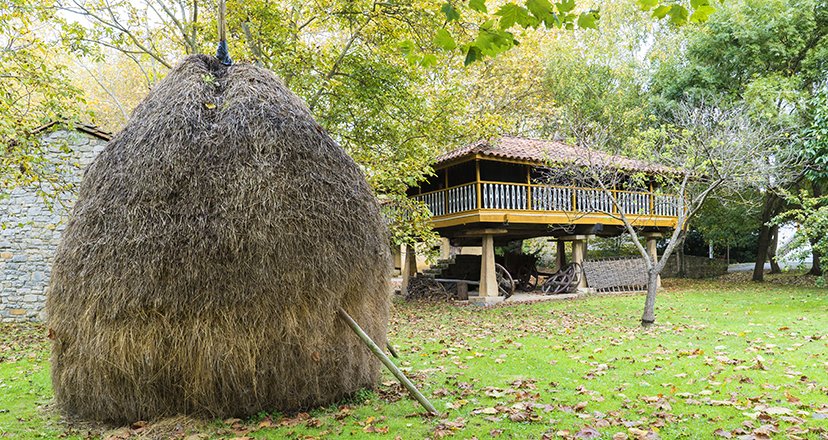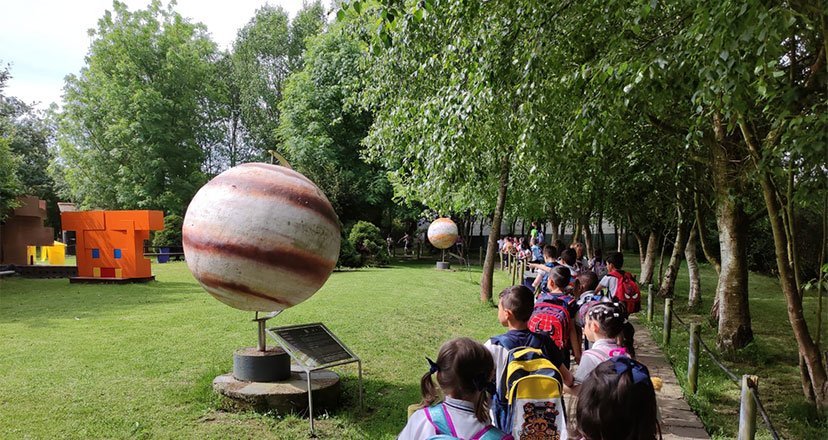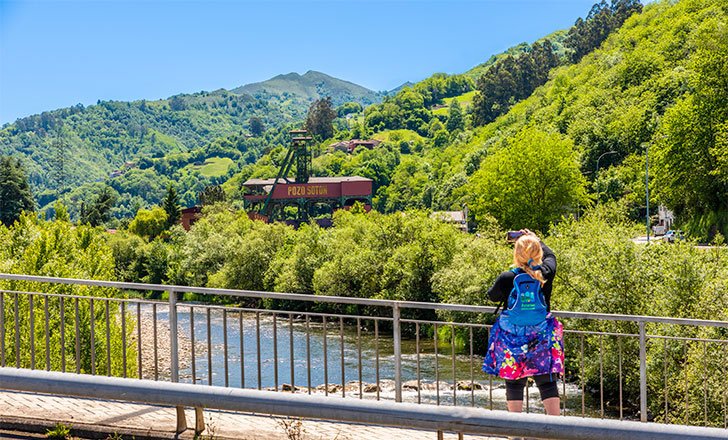Back 7 ethnographic museums in Asturias to travel back in time

7 ethnographic museums in Asturias to travel back in time
Asturias has a great ethnographic wealth, and proof of this is the varied network of ethnographic museums scattered throughout its geography.
Asturias is one of the regions with the greatest potential and ethnographic legacy in Europe, and proof of this is that it has a varied and interesting network of ethnographic museums scattered throughout its geography. They are all ideal places for a journey into popular culture, into the way of life of yesteryear and, in short, into the collective memory.
An intense and extensive journey into the past through 7 ethnographic museums in Asturias that you will find very enlightening!
The Ethnographic Museum of Grandas de Salime "Pepe el Ferreiro".
The Ethnographic Museum of Grandas de Salime "Pepe el Ferreiro" was founded in 1984, based on the ethnographic collection of José María Naveiras Escanlar, popularly known as "Pepe el Ferreiro", who today gives his name to this facility. It is a museum of reference in Asturias, and one of the most important in ethnographic matters in the north of Spain, due to the very important collection it displays.
Located in the old Rectory House in the town of Grandas de Salime (capital of the municipality), this building was refurbished for the occasion, and the museum currently has a surface area of more than 3,000 square metres.
The exhibition areas are divided into three main buildings, which are an example of the traditional architecture of the area: Casa Rectoral, Casa del Molinero and A Casoa. The material repertoire focuses on the way of life, and rural trades and traditions, and is mainly from the west of Asturias, although there are samples from other areas of Asturias, as well as from the rest of Spain and Europe. There are many and very detailed spaces and environments that document the life of yesteryear in this museum: barbershop, tailor's shop, kitchen, hospital, school, soda factory, area with farming implements, hunting and fishing, huts, loom... and even a chapel with its cemetery. In addition, in the open spaces there is a mill, a granary, a granary, and a cabazo.

The museum frequently organises activities and workshops, ideal for family plans.
The Ethnographic Museum of Grandas de Salime "Pepe el Ferreiro" illustrates our cover photo, whose author is Mampiris.
Marquis of Sargadelos Birthplace Museum
The Museo Casa Natal del Marqués de Sargadelos, located in Santa Eulalia de Oscos, and only 35 kilometres from the Ethnographic Museum of Grandas de Salime, is a good example of how to make an ethnographic tour through the memories of the life of a great iron industrialist, who was Antonio Raimundo Ibáñez, Marquis of Sargadelos (1749-1809).
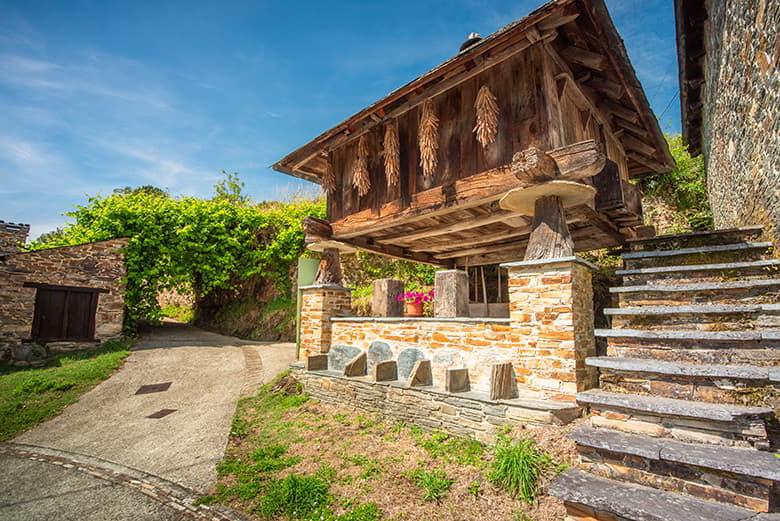
The house where he was born is now an exhibition space dedicated to his life and work. Ibañez was the creator, at the end of the 18th century, of one of the first cast iron and earthenware foundries in Spain.
The museum exhibition highlights the link between the Marquis of Sargadelos and his native land, in the west of Asturias, where there was an important wrought iron industry, whose tradition has survived to the present day and where the population is highly sensitive to the conservation of the local cultural heritage.
The House Museum has spinning machines, a lareira (kitchen), bread oven, living room, gazebos, granary, forge, cellar, laundry, corral and exhibition hall. And it is usually a very lively facility that programmes different activities. In fact, it is the venue for numerous training workshops on different subjects.
Ethnographic and Industrial Museum Las Ayalgas de Silviella
Las Ayalgas de Silviella is a museum collection located in this village in the council of Belmonte de Miranda, barely 8 kilometres from the capital of the municipality, in an area of great natural and scenic beauty.
Las Ayalgas de Silviella has more than 2,000 metres of exhibition space, divided into several rooms, as well as a reception and cafeteria service, all in a building of historical value, given that it is a former workshop and warehouse, the work of the architect Joaquín Vaquero Palacios, used in the construction of the Grandas de Salime waterfall and the Miranda power station in Las Lleras, in Belmonte de Miranda.
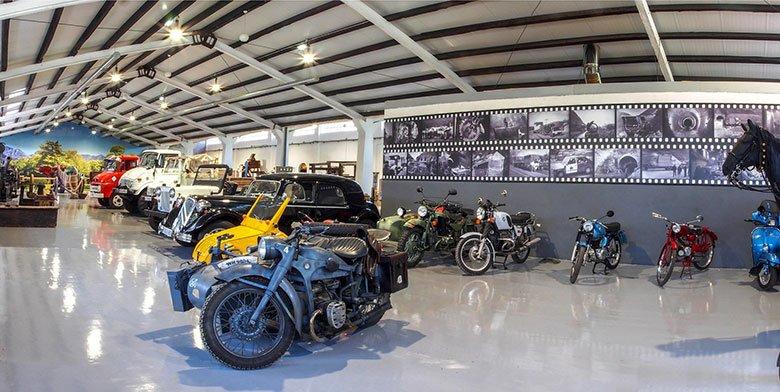
The 1,000 square metre Main Central Hall houses the collection of vehicles and automobiles, forges and ironwork, agricultural machinery, a soft drink factory and different parts, engines and vehicles that have been of prime importance in the rural life of Asturias. The North Side Room, measuring 300 square metres, houses the collection of everyday utensils, weights and measures, small tools, an English grand piano from 1850 made of rosewood, a collection of antique clocks, and the first electrical tools (tape recorders, hoovers, telephones). The South Side Room, of 300 square metres, houses the mills, a spelt treader, the torture room, and an area of kitchen utensils and farming tools representative of Asturias.
A unique feature of Las Ayalgas, which has its own restoration workshop, is that each of the pieces in this museum collection has been restored and all of them are in working order. In fact, exhibitions are regularly held at Las Ayalgas, both within the exhibition space and at other events. In addition, Las Ayalgas de Silviella organises different cultural activities throughout the year, including historical re-enactments.
The Ethnographic and History Museum of Grau/Grado
The Ethnographic and History Museum of Grau/Grado, founded in 1982, currently has several collections, which are distributed in three locations:
Villa ya Mercáu, located in the Fontela Palace, in the centre of the village, where the tourist office is located, and which deals with the history of Grado, the market, industry, commercial tradition and bourgeois life, with spaces such as the shop, the market, the barber's shop, etc. It also has two private collections: History of Photography and Accordions.
Cider press, located in the Palace of Miranda-Valdecarzana, also in the centre of the town and currently the House of Culture, and contains two enormous cider presses, one of them with old carvings, and other objects for the production and consumption of cider.
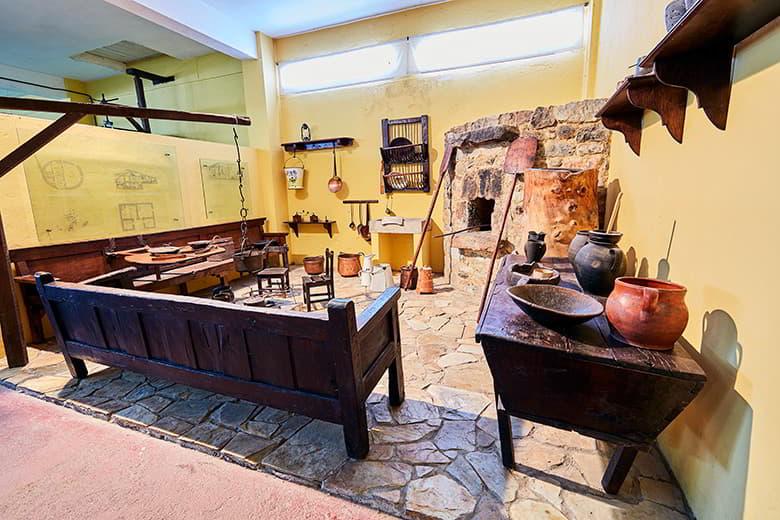
Traditional Culture Collection and Civil War Collection, both located in La Cardosa, 500 metres from the centre of the village of Grau/Grado.
The Traditional Culture Collection brings together a legacy relating mainly to the central-western region of Asturias and is divided into several areas dedicated to bread (mills, treading stones), the home (kitchen, bedrooms, crockery), the agricultural and livestock area (farms, commons, tools, etc.), and traditional trades (forge, loom, basketry, carpentry, pottery, school, etc.).
The Civil War museum also has several areas where the history of the Civil War in Asturias and in Grado, the fortification of the land, as well as the details and stories of the two sides are exhibited.
The Ethnographic Museum of Quirós
The Ethnographic Museum of Quirós is located in the old blast furn aces - a symbol of the industrialisation of the council in the 19th century - and shows the peasant way of life in the area, and how it was transformed with the development of mining activity.
The museum narrates the industrial history of this part of Asturias, marked by the arrival of foreign companies to the council, as well as the construction of the road, the blast furnaces and the railway. A history that is completed in the exterior part of the museum, where you can see the great retaining wall that protects the base of one of the furnaces, as well as a complex of underground galleries through which the mechanisms of the operation of the furnaces used to run.

Peasant life is widely represented in different spaces, where the socio-economic and cultural profile of this community is traced through sounds, images, games and other activities.
In addition, the peasant house is recreated on three floors: the ground floor houses the stables where the animals are kept, the cider press and the area for male trades related to wood (woodworker, carpenter, basket maker, etc.). The first floor is dedicated to the model of the family and its relationship schemes in the rural environment, presenting a traditional dwelling, as well as showing peasant work and women's trades (washerwoman, cook, dressmaker, etc.). The second and last floor reproduces a typical "romería quirosana", together with an exhibition of different musical instruments.
Outside there are some typical village constructions: granary, fountain, drinking trough, washing place, school, etc., as well as traditional games such as the frog, the key or the cascayo.
The Ethnographic Museum of Eastern Asturias
The Ethnographic Museum of Eastern Asturias is located in Porrúa, in the council of Llanes, just four kilometres from the capital of Llanes. Inaugurated in 2000, its origins lie in the donation of the houses and estate of Llacín, made a few years earlier by the Sordo family, Mexicans from Porrúa.
It is an architectural ensemble from the 18th and 19th centuries made up of two houses and their auxiliary outbuildings. The exhibition area reproduces the traditional peasant house, a place for living and working, to which are added several thematic rooms, with a total of 400 square metres of ethnographic space.
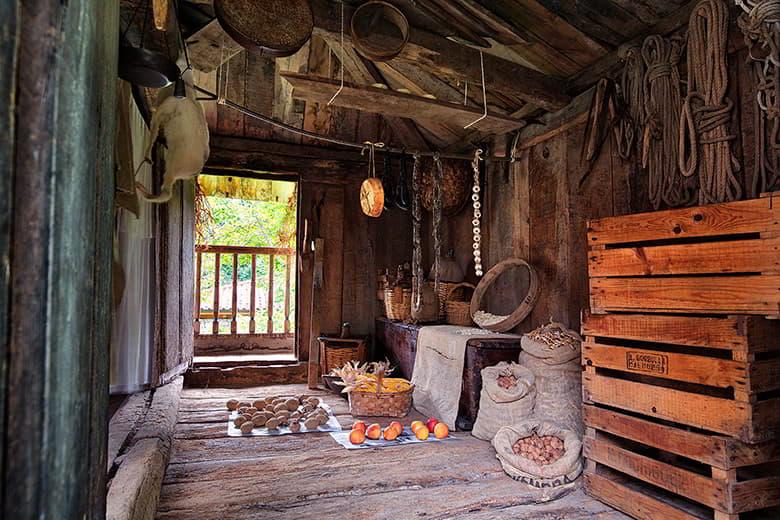
The museum buildings are located on a one-hectare estate that has been set aside as a public park, with a wide range of fruit and forest trees. Among the trees is a monumental avocado tree brought from Mexico and planted in 1906. The perimeter of its trunk is currently 7 metres. The surroundings of the museum are an ideal place for enjoyment, both for the temporary exhibitions and other activities of the Llacín Cultural Centre, and for the sports and children's facilities that make the visit a complete experience.
In addition, the museum also offers guided tours of the surrounding area, such as the Water Walk or the Mañanga Cultural Landscape Route.
The Museum of the Asturian People
The Museum of the Asturian People was created in 1968, and consists of a 30,000 square metre site to which three buildings have been moved: the 17th century house of the Valdés family; the house of the González de la Vega family, where the Bagpipe Museum is located, and the Asturias pavilion at the 1992 Universal Exhibition in Seville.
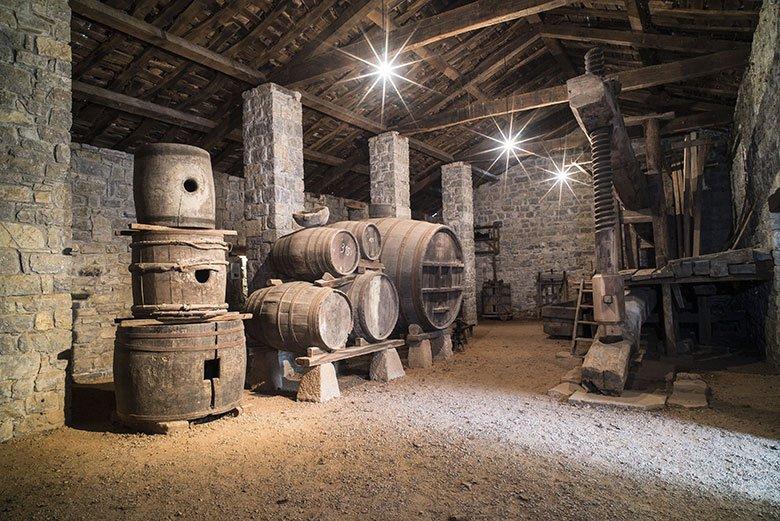
There are 18th and 19th century granaries and granaries, as well as several bowling alleys for playing the different types of bowling that exist in Asturias, an exhibition of agricultural implements, a ground floor peasant house typical of central Asturias, and a pond, which is a relic of the marshy landscape that once dominated the mouth of the river Piles.
The museum has an extensive collection of ethnographic materials, graphic documents (engravings, lithographs, drawings), and a sound library of Asturian music.
In fact, a visit to the Muséu del Pueblu d'Asturies, both inside the buildings and outside, is a pleasant journey into Asturias' past, both distant and recent. In addition, its large and impeccable green area will make you find yourself in a different kind of museum, where nature is very present.
7 ethnographic museums for an entertaining and educational journey into the past!
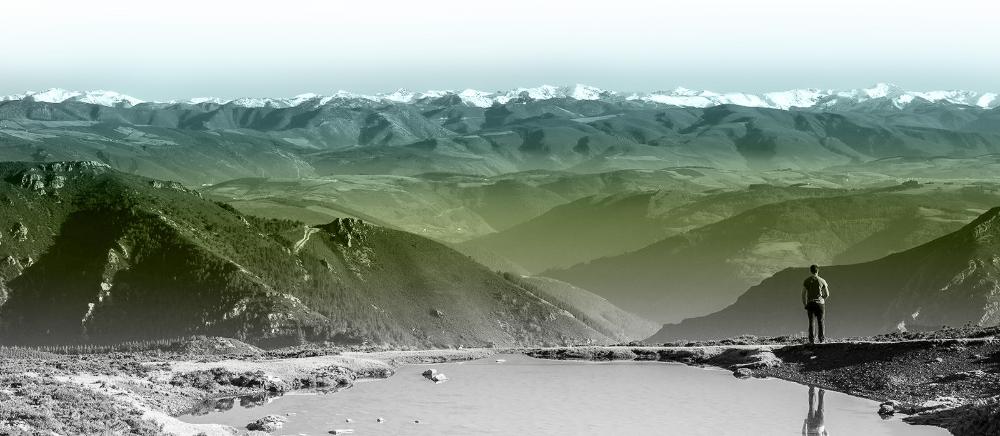
Subscribe to our newsletter and take advantage of offers, discounts, and news
Subscribe


